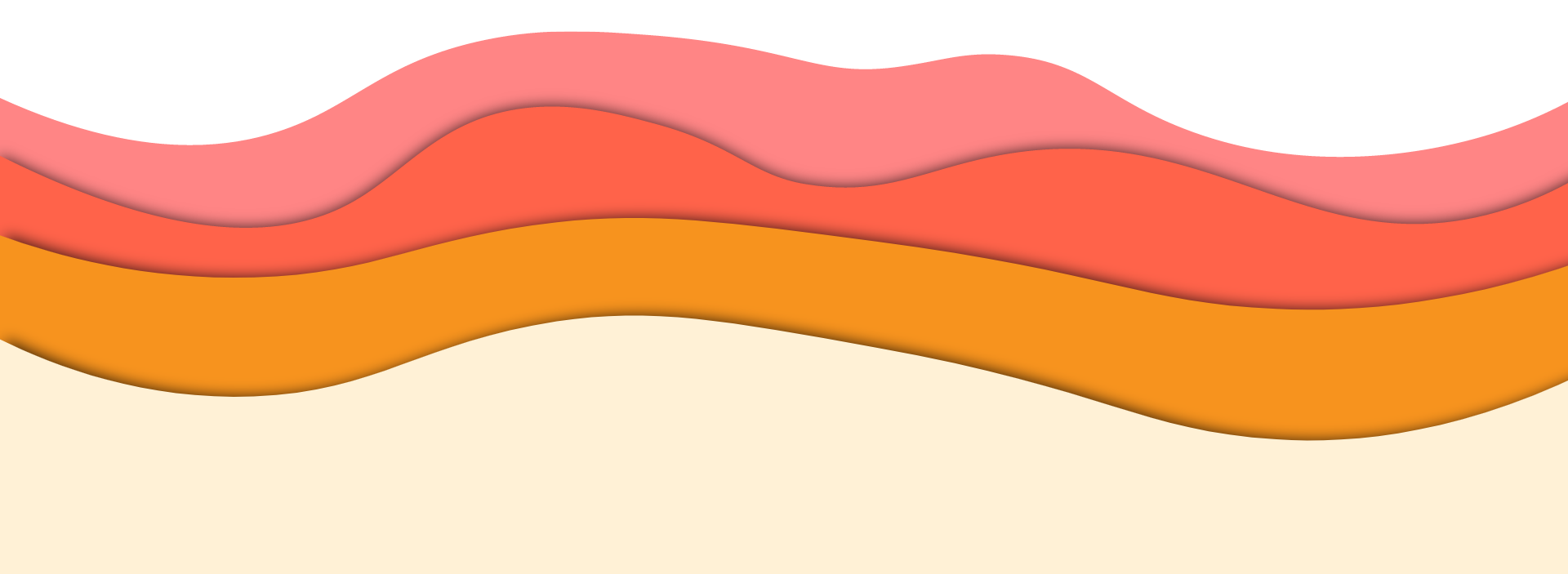Valve stenosis: An Overview
Valve Stenosis is a heart condition that affects the normal functioning of the heart valves and can significantly impact the heart’s ability to pump blood efficiently, leading to various health complications. This page covers the essential aspects of Valve Stenosis, including its definition, types, seriousness, symptoms, causes, and treatments.
We also discuss the role of heart scans in diagnosing this condition and the importance of seeking care from a professional cardiac clinic.
What is Valve Stenosis?
Valve Stenosis refers to the narrowing of one of the heart’s valves, which restricts blood flow. The heart has four valves—the aortic, mitral, pulmonary, and tricuspid – that ensure blood flows in the right direction through the heart’s chambers and into the rest of the body.
When one of these valves becomes stenotic (narrowed), it creates an obstruction, which forces the heart to work harder to pump blood. Over time, this increased workload can weaken the heart, leading to more severe cardiovascular issues.
How Serious Is It? & Are There Different Types?
Valve Stenosis can range from mild to severe, depending on the degree of narrowing and the valve affected. The seriousness of the condition is generally classified as mild, moderate, or severe.
- Mild Valve Stenosis: In mild cases, the narrowing of the valve is slight, and it may not cause significant symptoms. However, it requires regular monitoring to ensure it doesn’t progress.
- Moderate Valve Stenosis: This level of stenosis may cause noticeable symptoms and affect the heart’s function. Treatment may be necessary to manage the condition and prevent it from worsening.
- Severe Valve Stenosis: Severe stenosis can lead to significant heart problems, including heart failure. This level of stenosis often requires surgical intervention to repair or replace the affected valve.
The most common types of Valve Stenosis are:
- Aortic Stenosis: The narrowing of the aortic valve, which restricts blood flow from the left ventricle to the aorta and the rest of the body.
- Mitral Stenosis: The narrowing of the mitral valve, which restricts blood flow from the left atrium to the left ventricle.
- Pulmonary Stenosis: The narrowing of the pulmonary valve, which restricts blood flow from the right ventricle to the pulmonary artery and the lungs.
- Tricuspid Stenosis: The narrowing of the tricuspid valve, which restricts blood flow from the right atrium to the right ventricle.
Symptoms
The symptoms of Valve Stenosis vary depending on the severity of the condition and the valve affected. Common symptoms include:
- Shortness of breath: Especially during physical activity.
- Chest pain: Often described as angina, a squeezing or pressure-like pain in the chest.
- Fatigue: A general feeling of tiredness, especially after exertion.
- Palpitations: A sensation of irregular or fast heartbeats.
- Dizziness or fainting: Particularly during exertion, which may indicate severe aortic stenosis.
- Swelling: Particularly in the legs and feet, due to fluid buildup.
Causes
Several factors can lead to Valve Stenosis, including:
- Congenital defects: Some people are born with heart valve abnormalities that may lead to stenosis over time.
- Age-related changes: As people age, calcium deposits can build up on the heart valves, leading to stiffening and narrowing.
- Rheumatic fever: A complication of untreated strep throat, which can cause inflammation and scarring of the heart valves, leading to stenosis.
- Radiation therapy: Treatment for cancers in the chest area can sometimes damage the heart valves, leading to stenosis.
Available Treatments
Treatment for Valve Stenosis depends on the severity of the condition and the patient’s overall health. Options include:
- Medications: While medications cannot cure Valve Stenosis, they can manage symptoms and prevent complications. These might include diuretics to reduce fluid buildup, beta-blockers to lower heart rate, and anticoagulants to prevent blood clots.
- Balloon Valvuloplasty: A minimally invasive procedure where a balloon is inserted into the narrowed valve and inflated to widen the opening.
- Valve Repair or Replacement Surgery: In severe cases, surgery may be required to repair or replace the stenotic valve with a mechanical or biological valve.
The Role of Heart Scans in Identifying The Issues
Heart scans play a critical role in diagnosing Valve Stenosis, allowing cardiologists to assess the structure and function of the heart valves and determine the severity of the stenosis. The common types of heart scans used in the diagnosis include:
- Echocardiogram: An ultrasound of the heart that provides detailed images of the heart valves, allowing the doctor to see how well the valves are opening and closing.
- Cardiac MRI: A detailed scan that provides comprehensive images of the heart’s structure and function.
- CT Scan: A high-resolution scan that can show calcium deposits on the valves and help assess the severity of the stenosis.
- Cardiac Catheterisation: A procedure where a catheter is inserted into the heart’s blood vessels to measure the pressure inside the heart chambers and across the stenotic valve.
The Importance of Trusting A Professional Cardiac Clinic
Given the complexities and potential severity of Valve Stenosis, it’s crucial to seek care from a professional cardiac clinic with experienced cardiologists and access to advanced diagnostic tools. A professional cardiac clinic can provide an accurate diagnosis, personalised treatment plans, and ongoing care to manage the condition effectively. Trusting a specialised clinic ensures that patients receive the highest standard of care, which is essential for preventing complications and improving long-term outcomes.
In summary, Valve Stenosis is a very serious heart condition that requires careful management and treatment. Understanding the symptoms, causes, and treatment options, along with the importance of professional care, can help individuals manage the condition effectively and maintain a better quality of life.

